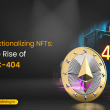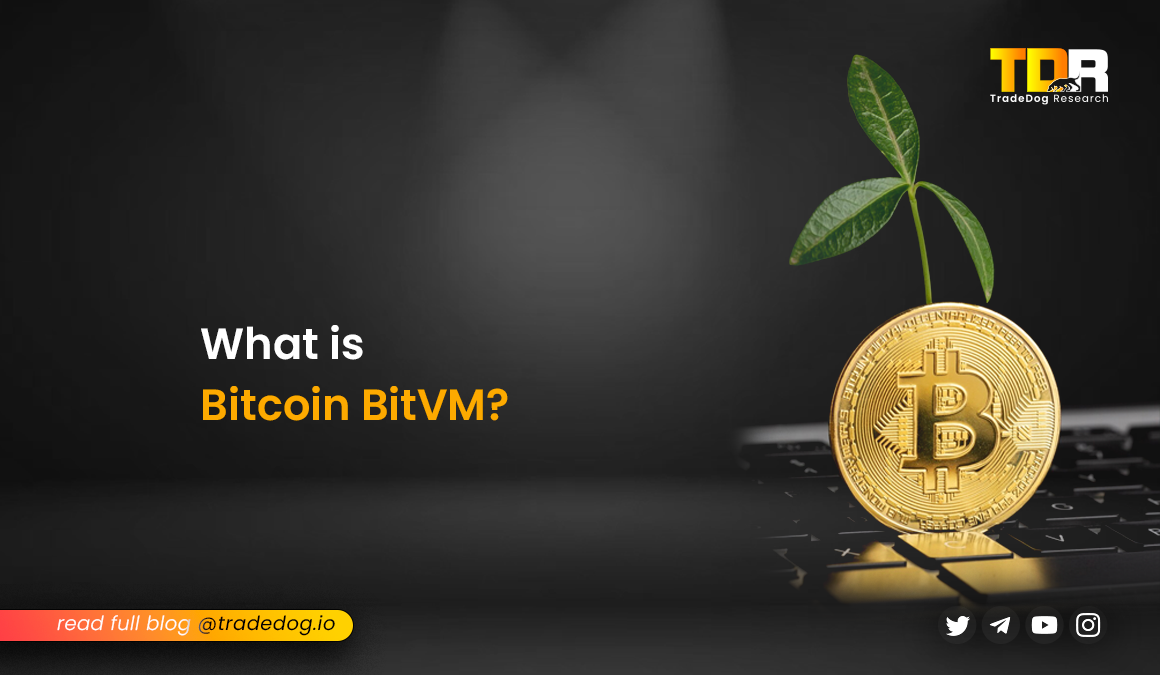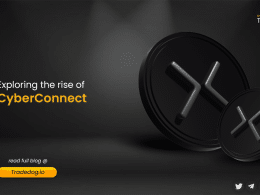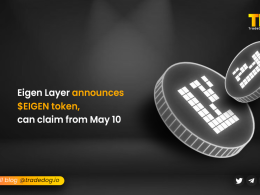Quick Links
Bitcoin revolutionized peer-to-peer payments, but its scalability limitations hinder its full potential. High transaction fees and slow processing times become significant hurdles during periods of high activity. However, a proposed solution called BitVM (Bitcoin Virtual Machine) offers a glimmer of hope. This blog post will delve into BitVM, exploring its purpose, functionality, and potential impact on the Bitcoin ecosystem.
What is BitVM?
Imagine a way to unlock smart contract capabilities on Bitcoin without altering its core protocol. That’s the essence of BitVM. Proposed in late 2023 by Robin Linus, BitVM (Bitcoin Virtual Machine) is a novel computing paradigm designed to bring smart contract functionality to Bitcoin without compromising the integrity of its core protocol. Unlike traditional forks that create entirely new blockchains, BitVM operates within the existing Bitcoin framework. It achieves this by enabling complex computations and smart contracts to occur “off-chain.” Imagine a separate layer where the heavy lifting takes place, alleviating congestion on the main Bitcoin blockchain and potentially leading to faster transaction processing and lower fees. This paves the way for a future where Bitcoin can not only function as a robust digital currency but also serve as a platform for a wider range of innovative applications.
Key Advantages of BitVM
- Reduced Congestion: By processing computations off-chain, BitVM alleviates pressure on the Bitcoin network, potentially leading to faster transaction processing and lower fees.
- Unlocks ZK Rollups: BitVM allows validating complex computations done off-chain (layer 2) on the Bitcoin mainnet, without slowing it down. This opens doors for faster, cheaper smart contracts.
- Trustless Bridging: By minimizing intermediaries, BitVM could enable secure bridges between Bitcoin and other blockchains, reducing reliance on trusted third parties.
- Lower Fees: By keeping most data and computations off-chain, BitVM has the potential to significantly reduce transaction fees on the Bitcoin network.
- Enhanced Functionality: BitVM paves the way for smart contracts on Bitcoin, opening doors for innovative applications like secure escrow services and two-party financial agreements.
- Security: The two-party architecture and fraud proofs offer a secure environment for computations, minimizing the risk of malicious activity.
- Preserve Core Values: Unlike forks that create entirely new blockchains, BitVM remains faithful to Bitcoin’s original design principles.
How Does BitVM Work?
BitVM operates on a unique two-party architecture: a prover and a verifier. Imagine Alice and Bob entering into a smart contract agreement. Alice, acting as the prover, initiates the computation and proposes the expected outcome. Bob, the verifier, takes on the responsibility of ensuring the computation is performed accurately. To achieve this, both parties collaborate off-chain, leveraging a cryptographic technique called a challenge-response protocol with fraud proofs.
Here’s how it works:
Prover and Verifier: The system relies on two actors: a prover and a verifier. Imagine Alice (prover) and Bob (verifier) entering into a smart contract agreement.
Off-chain Computation: Alice takes the lead, initiating the computation outside the main Bitcoin blockchain in a secure off-chain environment. This computation could involve complex calculations or the execution of a smart contract.
While Bob, acting as the verifier, has to validate this claim, making sure the computational results are accurate and trustworthy. This acts as a verification mechanism, ensuring Alice hasn’t tampered with the process.
Fraud Proofs and Challenge-Response: In the case of a dispute, such as the Verifier disputing the accuracy of the Prover’s statement, BitVM utilizes a cryptographic technique called a challenge-response protocol with fraud proofs.
Secure Escrow: Before kicking off the computation, both Alice and Bob deposit a security deposit into a jointly controlled on-chain escrow account.These deposits act as an incentive for honest participation. If a dispute arises about the computation’s validity, the Bitcoin blockchain uses the escrowed funds to penalize the dishonest party.
On-chain Verification: Once the off-chain computation is complete and the proof is verified, both the prover and verifier jointly sign the transactions and the outcome is submitted to the Bitcoin blockchain for final settlement. This on-chain verification ensures the integrity of the process and provides a permanent record of the agreement.
This two-party system with off-chain computation and on-chain verification offers a secure and efficient way to execute smart contracts on the Bitcoin network.
Challenges and Limitations
- Two-Party Hurdle: While efficient for specific use cases, BitVM’s current two-party limitation hinders its ability to support complex DeFi protocols that involve multiple participants and require intricate interactions.
- Computational Demands Shift: Off-chain computation can free up the Bitcoin network, but it places additional burdens on the prover and verifier who need sufficient resources to execute the computations.
- Limited Use Cases Initially: Early versions of BitVM might lack support for data oracles. These oracles are crucial for smart contracts that interact with real-world data, potentially restricting initial use cases.
- Unproven Territory: As a relatively new concept, BitVM’s effectiveness and real-world implementation haven’t been fully tested. Further development and testing are needed to assess its long-term viability.
BitVM vs. Ethereum Virtual Machine (EVM)
Both BitVM and EVM enable smart contracts but with distinct approaches. BitVM prioritizes off-chain computation for two-party interactions, aiming to minimize on-chain activity. EVM, on the other hand, is the foundation of Ethereum, handling all smart contracts and transactions directly on-chain. EVM caters to multi-party contracts, facilitating intricate DeFi applications. BitVM’s current two-party limitation restricts its complexity.
| Feature | BitVM | Ethereum Virtual Machine (EVM) |
| Focus | Off-chain computation for two parties | On-chain execution of smart contracts |
| Consensus Changes | No modification to Bitcoin’s consensus | May require forks for protocol upgrades |
| Transaction Fees | Potentially lower due to off-chain work | Can be high during periods of network congestion |
| Smart Contract Type | Two-party contracts initially | Supports multi-party contracts |
| Complexity | Limited complexity initially | Can handle intricate DeFi protocols |
| Data Oracles | Not supported initially (may be added later) | Supported |
| Current Status | The proposed concept has not been implemented yet | Established technology, widely used |
The Future of BitVM
BitVM holds immense potential to expand Bitcoin’s use cases and unlock a new frontier of possibilities. While challenges regarding two-party limitations and an initial lack of oracle support exist, ongoing development holds the key to overcoming these hurdles. As BitVM matures, its ability to handle more complex interactions and integrate with real-world data could pave the way for a more scalable and versatile Bitcoin. This evolution has the potential to attract a wider range of developers and users, fostering a vibrant ecosystem of innovative applications built on top of the secure foundation of Bitcoin.









